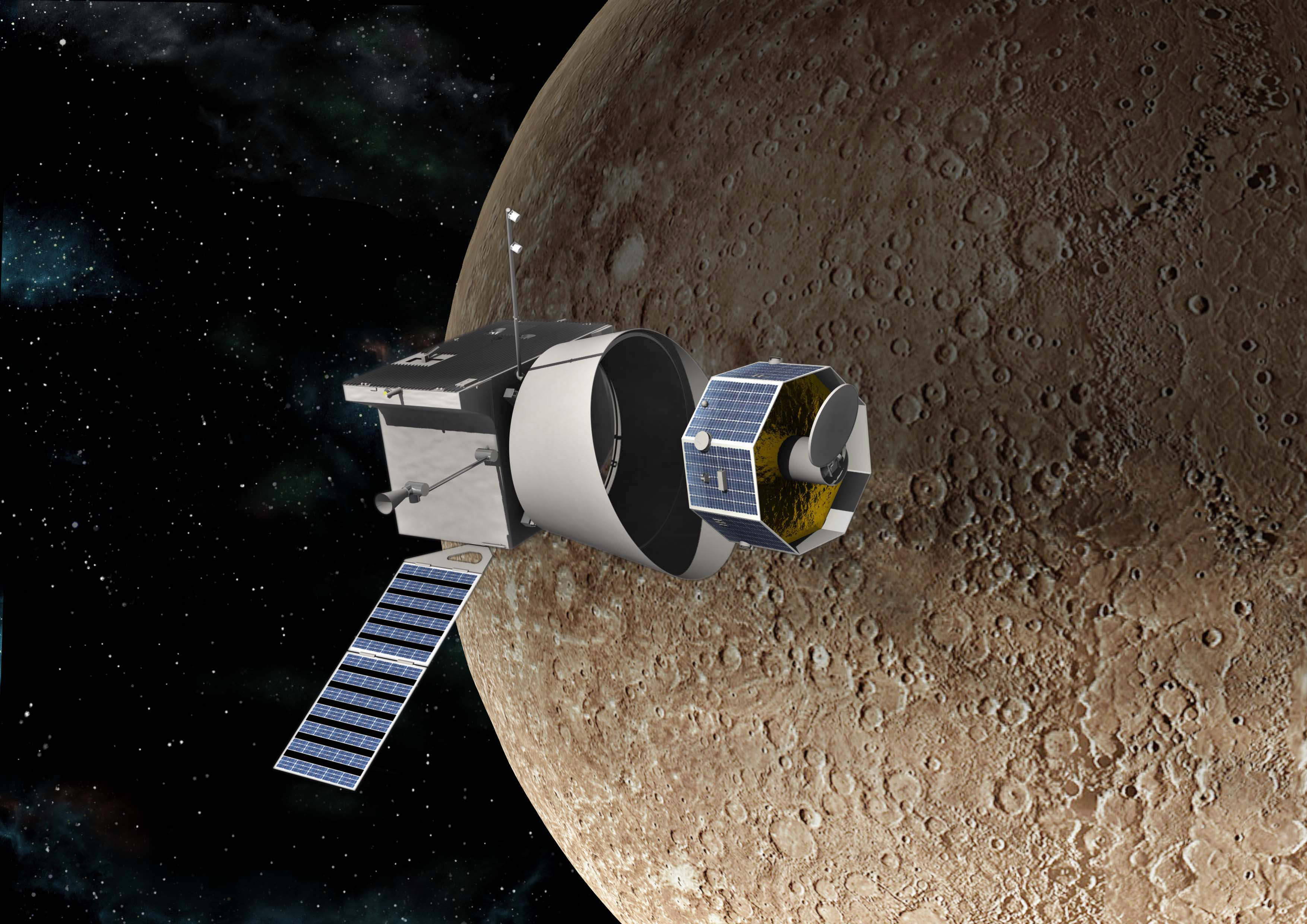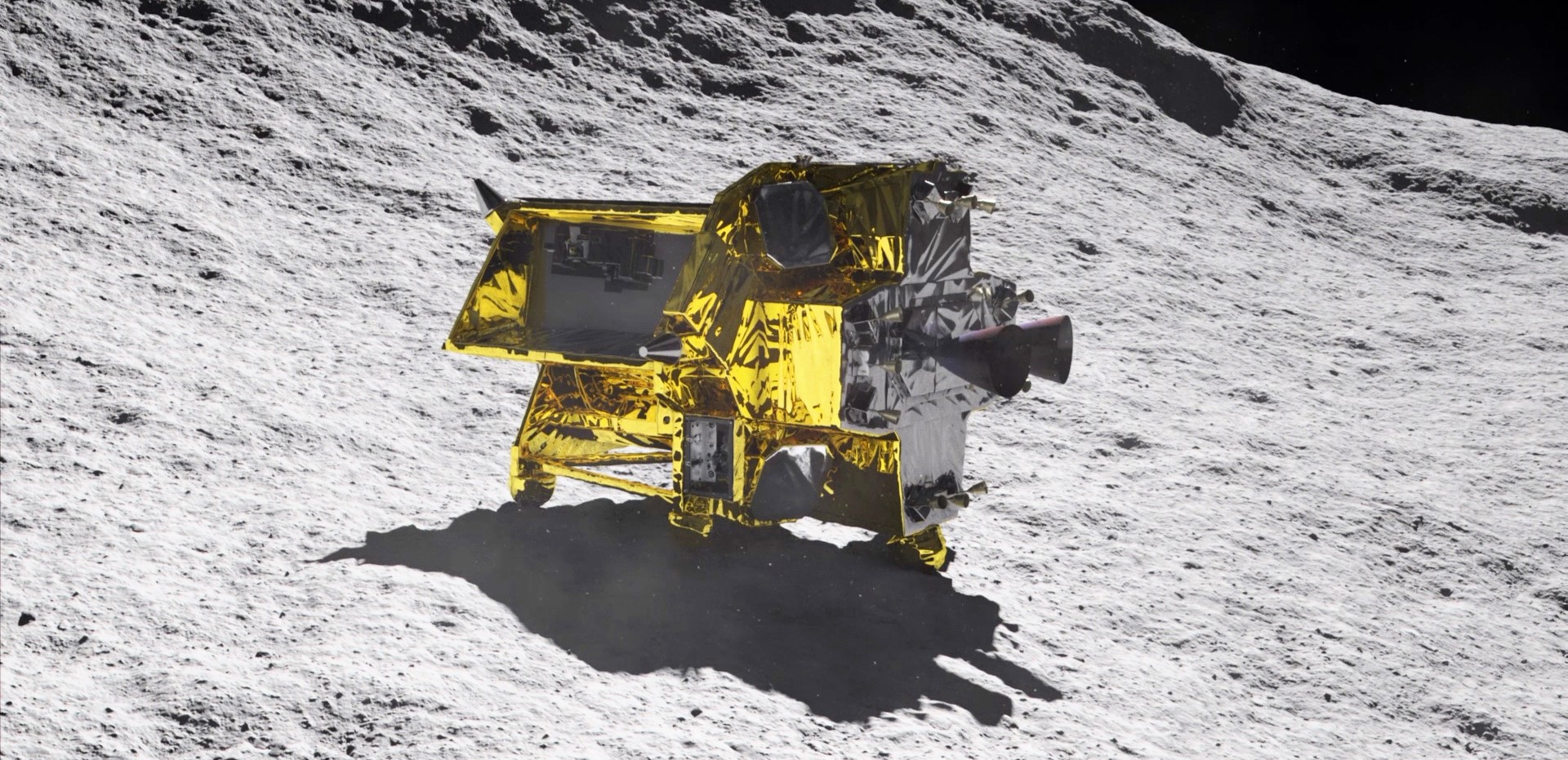Wood has been a mainstay of human machines and construction for millennia. Its physical properties offer capabilities that are unmatched by almost any synthetic replacements. However, it has only very rarely been used in space. That might change based on the results of a new test run by Japan’s Space Agency (JAXA). LignoSat, one of the world’s first wooden satellites, was deployed from the ISS in December.
Continue reading “Astronauts Deploy the First Wooden Satellite into Orbit”BepiColombo Just Completed its Sixth Flyby of Mercury. Here are the Best Images
It’s not unusual for space probes to complete gravitational flyby manoeuvres en route to their destination. It’s a bit more unusual when the flyby is at the destination planet. ESA’s BepiColombo spacecraft is manoeuvring around Mercury into its final orbit. With each flyby it gets closer and closer and closer until its finally captured by Mercury’s gravity in 2026. During the latest flyby, stunning images of the nearest planet to the Sun were captured from just a few hundred km. Checkout the best and most stunning images of Mercury yet.
OKEANOS – A Mission That Would Have Retrurned Samples From the Trojan Asteroids
Getting a mission to the point of officially being accepted for launch is an ordeal. However, even when they aren’t selected for implementation, their ideas, and in some cases, their technologies, can live on in other missions. That was the case for the Oversize Kite-craft for Exploration and AstroNautics in the Outer Solar system (OKEANOS) project, originally planned as a Japanese Aerospace Exploration Agency (JAXA) mission. Despite not receiving funding to complete its entire mission, the project team released a paper that details the original plan for the mission, and some of those plans were incorporated into other missions that are still under development.
Continue reading “OKEANOS – A Mission That Would Have Retrurned Samples From the Trojan Asteroids”Japan Launches the First Wooden Satellite to Space
Space debris, which consists of pieces of spent rocket stages, satellites, and other objects launched into orbit since 1957 – is a growing concern. According to the ESA Space Debris Office, there are roughly 40,500 objects in LEO larger than 10 cm (3.9 inches) in diameter, an additional 1.1 million objects measuring 1 and 10 cm (0.39 to 3.9 inches) in diameter, and 130 million objects 1 mm to 1 cm (0.039 to 0.39 inches). The situation is projected to worsen as commercial space companies continue to deploy “mega-constellations” of satellites for research, telecommunications, and broadband internet services.
To address this situation, researchers from the University of Kyoto have developed the world’s first wooden satellite. Except for its electronic components, this small satellite (LingoSat) is manufactured from magnolia wood. According to a statement issued on Tuesday, November 5th, by the University of Kyoto’s Human Spaceology Center, the wooden satellite was successfully launched into orbit atop a SpaceX Falcon 9 rocket from NASA’s Kennedy Space Center in Florida. This satellite, the first in a planned series, is designed to mitigate space debris and prevent what is known as “Kessler Syndrome.”
Continue reading “Japan Launches the First Wooden Satellite to Space”BepiColombo’s New Images of Mercury are Cool

The ESA/JAXA BepiColombo spacecraft made another flyby of its eventual target, Mercury. This is one of a series of Mercury flybys, as the spacecraft completes a complex set of maneuvers designed to deliver it to the innermost planet’s orbit. Its cameras captured some fantastic images of Mercury.
Continue reading “BepiColombo’s New Images of Mercury are Cool”JAXA Officially Wraps Up its SLIM Lander Mission
On January 20th, 2024, the Japan Aerospace Exploration Agency (JAXA) made history when its Smart Lander for Investigating Moon (SLIM) made a soft landing on the Moon, becoming the first Japanese robotic mission to do so. This small-scale lander was designed to investigate the origins of the Moon and test technologies that are fundamental to exploring the low-gravity lunar environment. Unfortunately, mission controllers lost contact with the lander after April 28th, 2024, and have spent the last few months trying to reestablish communications.
Continue reading “JAXA Officially Wraps Up its SLIM Lander Mission”Astroscale Closes Within 50 Meters of its Space Junk Target
Space debris is a major problem for space exploration. There are millions of pieces up there in orbit from flecks of paint to defunct satellites. It is a known challenge to space exploration creating a shell of uncontrolled debris which could cause damage to orbiting craft or astronauts. A team at Astroscale have a spacecraft in orbit whose singular purpose has been to rendezvous with a defunct Japanese upper-stage rocket module. On arrival it is to survey the debris to test approach and survey techniques to ultimately inform how we can remove them from orbit.
Continue reading “Astroscale Closes Within 50 Meters of its Space Junk Target”Japan’s Lunar Lander Fails to Check-in
On January 19th, 2024, the Japanese Aerospace Exploration Agency (JAXA) successfully landed its Smart Lander for Investigating Moon (SLIM) on the lunar surface. In so doing, JAXA became the fifth national space agency to achieve a soft landing on the Moon – after NASA, the Soviet space program (Interkosmos), the European Space Agency, and the China National Space Agency (CNSA). SLIM has since experienced some technical difficulties, which included upending shortly after landing, and had to be temporarily shut down after experiencing power problems when its first lunar night began.
On the Moon, the day/night cycle lasts fourteen days at a time, which has a drastic effect on missions that rely on solar panels. Nevertheless, SLIM managed to reorient its panels and recharge itself and has survived three consecutive lunar nights since it landed. However, when another lunar night began on May 27th, JAXA announced that they had failed to establish communications with the lander. As a result, all science operations were terminated while mission controllers attempt to reestablish communications, which could happen later this month.
Continue reading “Japan’s Lunar Lander Fails to Check-in”How Mars’ Moon Phobos Captures Our Imaginations

For a small, lumpy chunk of rock that barely reflects any light, Mars’ Moon Phobos draws a lot of attention. Maybe because it’s one of only two moons to orbit the planet, and its origins are unclear. But some of the attention is probably because we have such great images of it.
Continue reading “How Mars’ Moon Phobos Captures Our Imaginations”The BepiColombo Mission To Mercury is Losing Power

BepiColombo is a joint ESA/JAXA mission to Mercury. It was launched in 2018 on a complex trajectory to the Solar System’s innermost planet. The ESA reports that the spacecraft’s thrusters have lost some power.
Continue reading “The BepiColombo Mission To Mercury is Losing Power”





